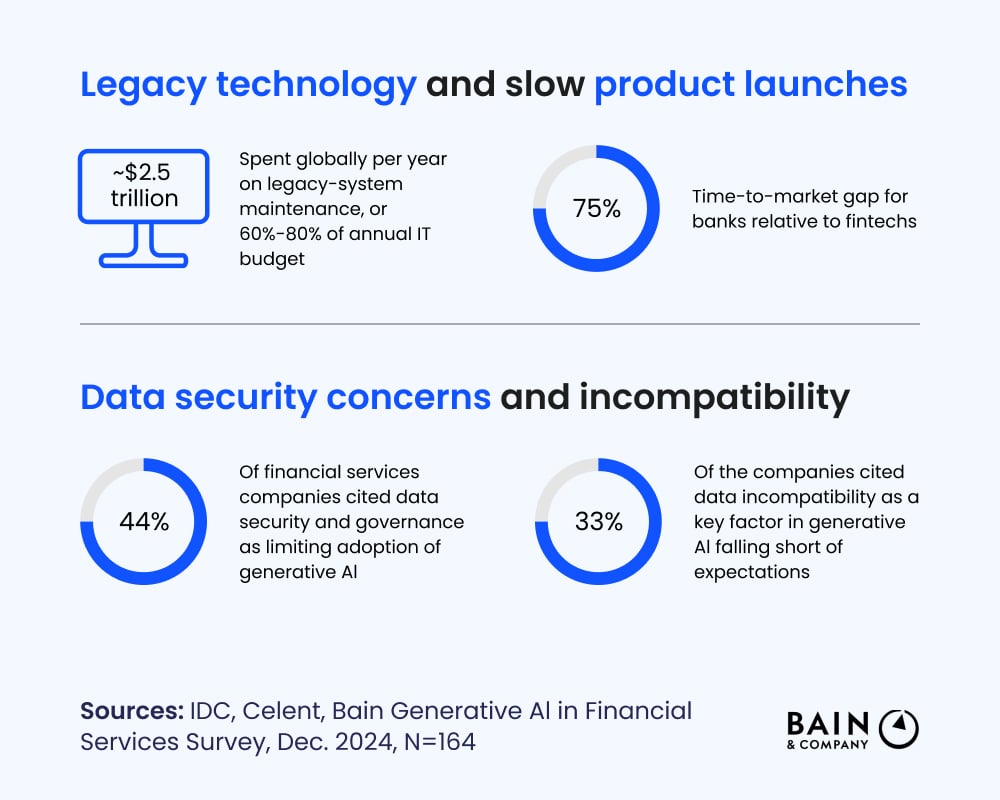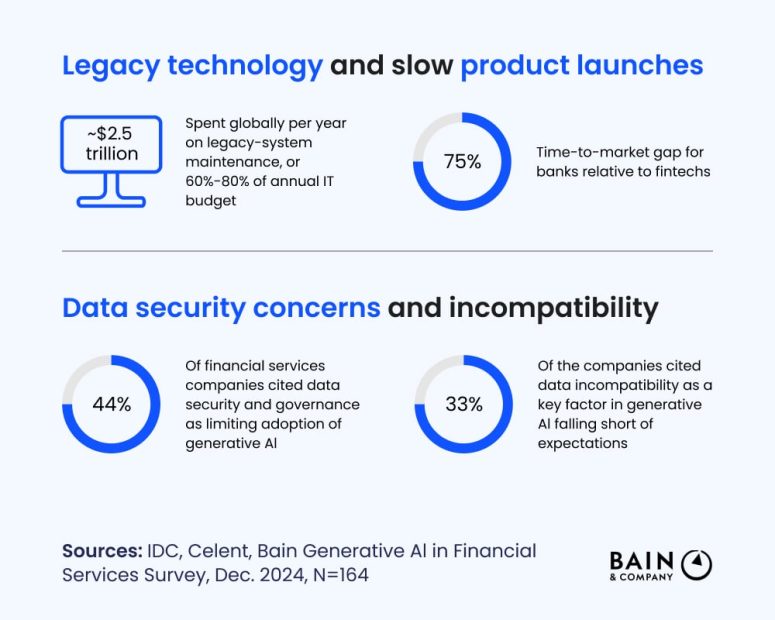
Debt isn’t your enemy. Poorly managed debt is.
I’ve embraced calculated risk for some time now, especially when it’s advantageous. Properly leveraged resources enable capital-intensive industries to cultivate assets that produce cash flow for years. Areas such as utilities, pipelines, and telecoms require loans to finance projects instead of waiting for cash flow. With careful capital allocation, this strategy often leads to dividend increases.
Nevertheless, no one enjoys hearing that elevated interest rates can cause turmoil. Possible outcomes include layoffs, squeezed margins, or even cuts to dividends. Don’t overlook debt ratios. Grasp their significance for flexibility and align them with the Dividend Triangle—revenue, earnings, and dividend growth—to differentiate strong growth companies from risky ones.
Liquidity: Can Companies Settle Their Bills Without Scrambling?
Liquidity ratios evaluate a firm’s capacity to fulfill its current debt obligations without resorting to outside funding. It’s similar to checking your bank account before going out to eat to determine if you can indulge in luxuries or if you should choose a simpler meal.
Current Ratio assesses a company’s balance sheet strength, indicating if assets are sufficient to cover short-term liabilities. A ratio over 1 suggests a cushion, while a lower ratio may hint at upcoming strain. Extremely high ratios indicate underutilized assets.
The Quick Ratio is crucial during challenging times, showing if a business can fulfill its financial commitments immediately. Unlike the current ratio, it excludes inventory, concentrating on more liquid assets. A ratio over 1 is adequate, over 1.5 is preferable, while below 1 indicates a need for more sales or credit.
The Cash Ratio strictly checks if cash alone can cover short-term liabilities but may overlook other asset sources that could mitigate liquidity problems. A ratio below 1 isn’t alarming but implies finding alternative cash or credit sources.
Bottom line: In tough times, I prefer companies that can endure several weak quarters without issuing shares or reducing dividends.
Leverage: How Is Long-Term Debt Organized?
The leverage ratio, also referred to as the solvency ratio, requires perspective. It can be advantageous or harmful based on the situation. Understanding how a company structures its long-term debt gives insight into potential financial stress.
Debt Ratio or Debt to Assets Ratio signifies balance sheet strength by dividing long-term debt by total assets. A ratio under 1 is ideal, while over 1 suggests high leverage. No debt can be acceptable but may suggest lost growth opportunities in asset-heavy sectors.
Debt to Equity Ratio indicates whether leverage is utilized for project financing. Some companies depend more on equity, resulting in lower ratios, while others favor debt for growth. A higher ratio often implies aggressive growth strategies with more volatile earnings. Lower ratios denote stability.
Financial Debt to EBITDA links financial debt with earnings before interest, taxes, depreciation, and amortization, offering insight into profit relative to debt. A ratio above 1 is typical. If it grows quickly, further investigation is warranted. Stability or a decrease alongside rising earnings is preferred.
Credit Ratings: Informative but Not Conclusive
Ratings from S&P, Moody’s, and Fitch provide forward-looking assessments on the capacity to meet obligations. Investment-grade ratings begin at BBB-/Baa3. Upgrades in ratings lower borrowing costs, while downgrades raise them.
Examine the reasons behind ratings, then review the business strategy, debt maturities, and Dividend Triangle. Numbers are important; context is vital.
What’s Positive? What’s Negative?
Avoid evaluating debt ratios in isolation. High ratios may signify a worthwhile investment or financial distress. I believe comparing these ratios within the same industry and understanding the structural context is essential. High sustained debt hampers the ability to maintain a growing dividend policy. Without growth indicated by the dividend triangle, debt can become burdensome.
Your 5-Step Checklist
1. Start with Liquidity: Assess Current and Quick ratios.
2. Evaluate Solvency: Review Debt/Assets, Debt/Equity, Debt/EBITDA.
3. Check Credit Ratings and any outlook changes.
4. Apply the Dividend Triangle: Monitor upward trends in revenue, EPS, and dividends.
5. Comprehend the Narrative: Evaluate funded projects, payback strategies, and maturity risk management.
Looking for companies that have successfully navigated these assessments for confident investing? Download the Rock Star List to discover around 300 dividend growth stocks ranked by business health, with convenient filters for yield, payout, and growth to swiftly find your perfect match.
